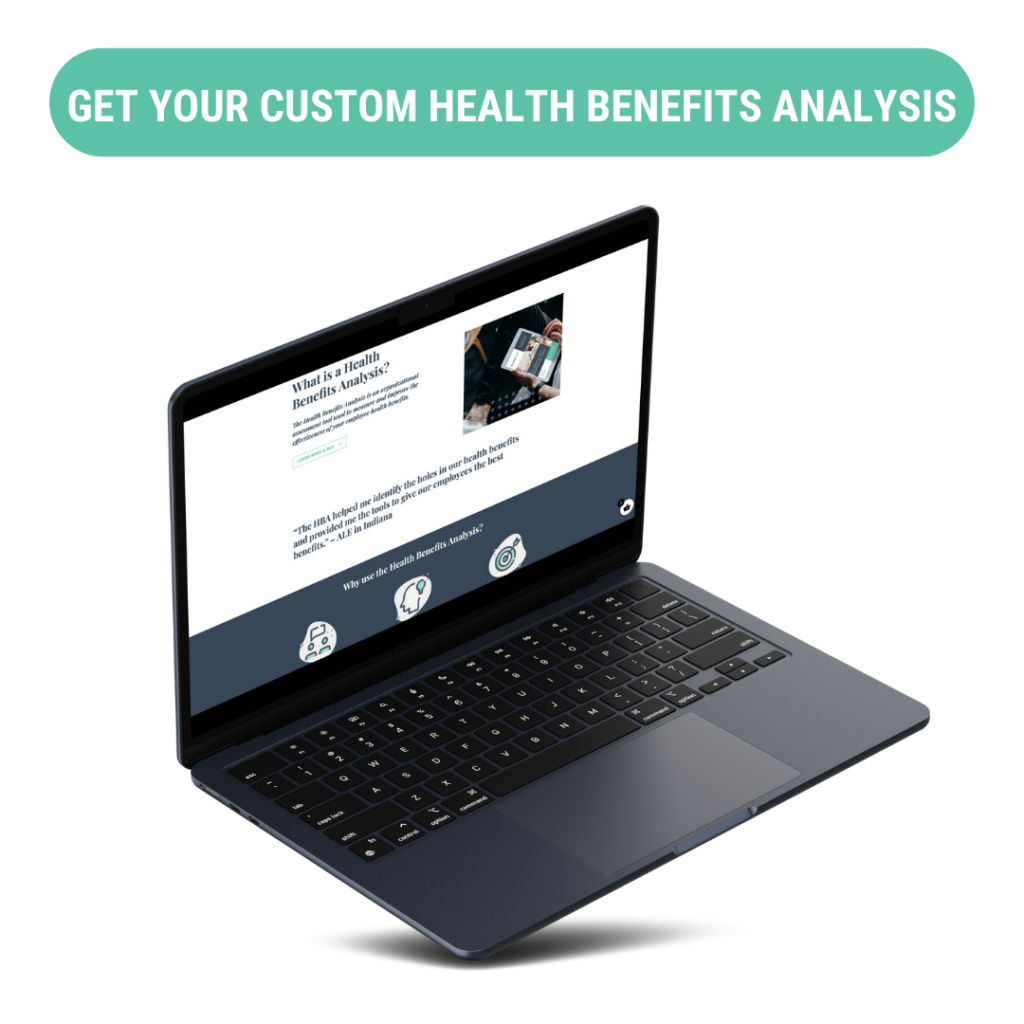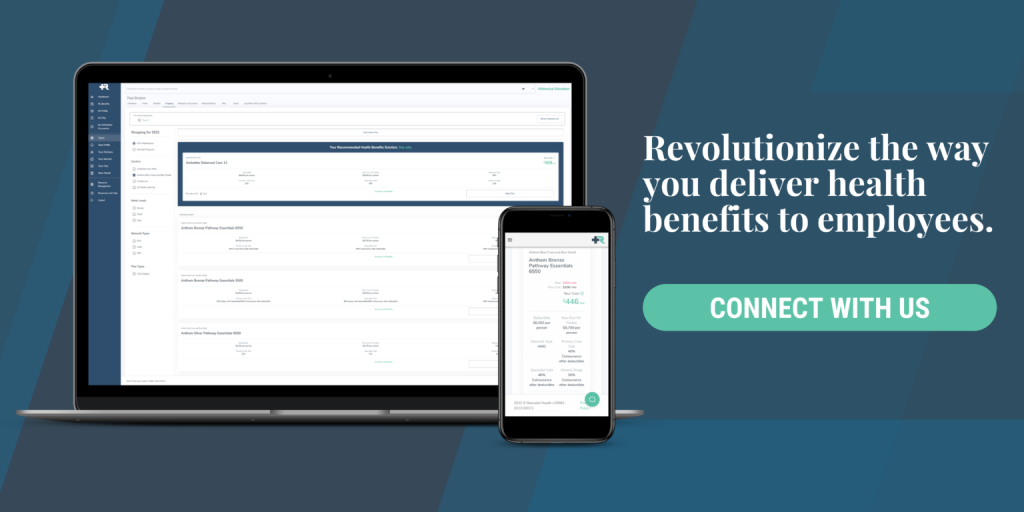Let me tell you a story of the time I discovered my insurance plan changed. It started when I went to the doctor for strep throat. I checked in like usual, but realized my $30 copay wasn’t required this time. I thought to myself, Wow this is great – it’s free to go to the doctor now!
To my dismay, I received a bill in the mail about 4 weeks later for $120. Wait, what!? I didn’t understand what had happened until later, when my coworker informed me that we had switched from the traditional copay plan to something called a “consumer-driven” plan. More technically, we had moved to a High Deductible Health Plan (HDHP) and it now qualified me for a Health Savings Account (HSA).
Turns out, my employer had already put money into that HSA for me, meaning I had been sitting on several hundred dollars to contribute towards my appointment. In the end, that HSA cash paid the whole bill.
Once I understood HSAs better, I started saving more money. By the end of my time with that employer, I left with thousands of dollars saved up that I used for medical bills for many years to follow.
Long story short, “losing” your copays isn’t necessarily a bad thing. If you find yourself in a similar situation, here are 4 things to help:
1. Understand your plan
One of the main reasons your employer likely made the change to a high deductible plan is the lower monthly cost. The intention behind these consumer-driven plans is to only pay for what you actually use. Why pay a super high monthly cost if you and your team are generally healthy and don’t even go to the doctor that often?
What normally happens is that part of the monthly cost savings acquired from switching to a HDHP is distributed to the team into their HSAs, which can then be used to pay medical bills. Be sure to find out how much and when those dollars are contributed so you know the yearly cash flow. Then use those dollars to pay for your bills!
Find your max-out-of-pocket amount and subtract your HSA dollars. The result is what you would have to pay in your “worst” medical year. You may think it still seems high, but make sure to compare it to your old plan. Most HDHPs have lower max-out-of-pockets than many gold plans; but if it still feels too high for you, you can put your own money into that HSA as well.
2. Save your cash
Good news: HSA dollars from your employer do not count as income. What’s better, though, is that when you put your own money into your HSA, it actually lowers your taxable income.
That’s especially great if you are right around the tax bracket threshold. What you save in your HSA could come right back as saved taxes if you do it correctly—up to $7,100 for families and $3,500 for individuals (according to the 2020 IRS limit).
Saving money is a great way to help “self-insure” and lower the risk of your “worst” year. If you do end up having a large medical bill and need to go on a payment plan, you should filter that payment through your HSA account. That way you aren’t paying income taxes on those payments.
Pro Tip: You keep all of this money, even if you change employers! An HSA account is yours and those dollars are yours. Even if you stop having a HDHP, you can still keep it until that account is empty (although you couldn’t add more money to the HSA).

3. Negotiate your bills
My wife recently wanted to visit her old doctor, who we discovered was out of our new network. She told them she would be self-paying. Guess what? They automatically discounted her bill. While this is not always the case, it does serve as a great reminder that lowering your medical bill is possible!
For almost every medical bill you receive, it can be negotiated down. The best way to negotiate is to call up the provider on the phone and get connected with their billing department. Be sure to talk to the financial aid department after that. Talk with the representative about your options.
If you have a lower income, you may qualify for some bill forgiveness. If not, ask about discounts if you pay the full bill in cash. I have personally saved thousands of dollars doing this. Use your HSA to make the payment, and be sure to save the confirmation number.
If you do not have the cash to pay the bill in full right away, you will need to go on a payment plan. These are very commonly at 0% interest, so you won’t need to worry about anything accruing. Be sure to start adding money to your HSA every month and pay the bill using those dollars.
4. Use your telemedicine
Telemedicine is one of the best innovations over the past 10 years in healthcare. Telemedicine allows users to connect directly with a licensed doctor using your phone or computer. You can get help quickly for urgent care issues like the flu, colds, rashes, etc. They can diagnose and prescribe treatment from wherever you are within minutes. Next time you’re sick, instead of rushing to urgent care, opt for telemedicine first. This is a great way to limit how much you spend out of your HSA.
You may already have telemedicine included with your current plan at a low or zero-dollar copay for visits. If not, it’s still super easy to access this tool to save time and cost! For example, Timely MD helps universities offer this service as a benefit to their students. And Teledoc can be purchased as a standalone product by any consumer who wants to take advantage of this incredible healthcare innovation.

